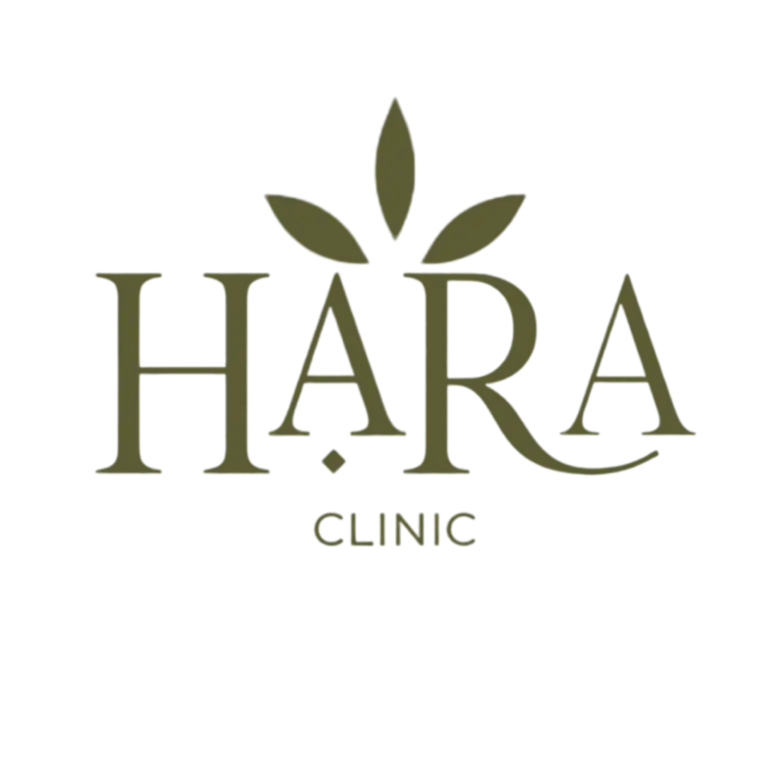Human Immunodeficiency Virus (HIV) remains a significant global health challenge. Among the various strategies developed to combat its spread, Pre-Exposure Prophylaxis (PrEP) has emerged as a powerful tool in preventing HIV infection. PrEP is a preventive approach that involves HIV-negative individuals taking antiretroviral medication to reduce their risk of becoming infected with HIV.
What is PrEP?
PrEP involves taking a daily pill that contains two antiretroviral drugs, typically tenofovir disoproxil fumarate (TDF) and emtricitabine (FTC). These medications work by preventing the virus from establishing a permanent infection in the body. When taken consistently, PrEP has been shown to be highly effective in reducing the risk of HIV infection from sexual contact and injection drug use.
Effectiveness
Clinical studies have demonstrated that PrEP can reduce the risk of HIV infection by up to 99% when taken daily as prescribed. Its effectiveness hinges on adherence to the medication regimen; inconsistent use significantly diminishes its protective benefits. PrEP is most effective as part of a comprehensive prevention strategy that includes regular HIV testing, condom use, and risk-reduction counseling.
Who Should Consider PrEP?
PrEP is recommended for individuals at high risk of HIV infection, including:
- Men who have sex with men (MSM) and have multiple sexual partners.
- Heterosexual men and women who have an HIV-positive partner or engage in high-risk sexual behavior.
- People who inject drugs and share needles or other injection equipment.
- Individuals who have been diagnosed with a sexually transmitted infection (STI) in the past six months.
- People who have a history of inconsistent condom use with partners of unknown HIV status.
Accessing PrEP
To start PrEP, individuals should consult with a healthcare provider who will conduct an initial assessment, including HIV testing to confirm the individual is HIV-negative. Other baseline tests, such as kidney function tests, are also necessary. Once prescribed, ongoing follow-up appointments every three months are essential to monitor for side effects, adherence to the medication, and regular HIV and STI testing.
Benefits and Side Effects
The primary benefit of PrEP is its high efficacy in preventing HIV infection when taken correctly. It empowers individuals to take proactive steps in protecting their health and reduces anxiety about HIV risk. Common side effects may include nausea, headache, and mild gastrointestinal issues, which often resolve within the first few weeks. Serious side effects are rare but can include kidney or liver problems, which is why regular monitoring is crucial.
Challenges and Considerations
Despite its effectiveness, there are challenges associated with PrEP. Stigma, lack of awareness, and access issues can hinder its widespread use. Additionally, adherence to the daily regimen is vital for its success, and missed doses can compromise its protective effect. Cost and insurance coverage can also be barriers for some individuals.
Conclusion
PrEP represents a significant advancement in HIV prevention, offering a robust defense against the virus for those at high risk. By combining PrEP with other preventive measures, such as condom use and regular testing, individuals can substantially reduce their risk of HIV infection. Increased awareness, education, and accessibility are key to maximizing the impact of PrEP and moving closer to the goal of ending the HIV epidemic.


